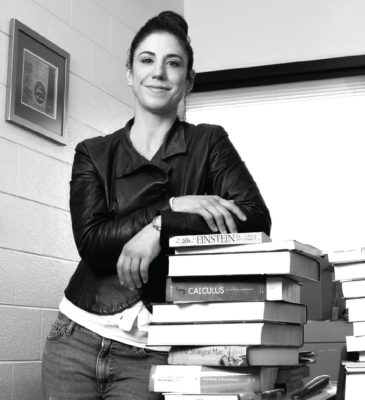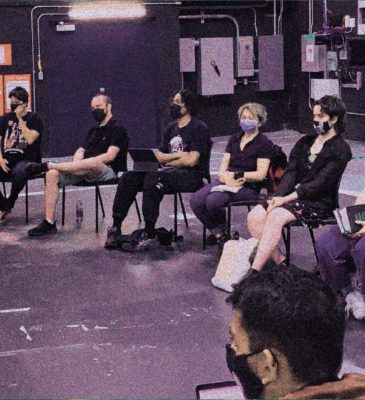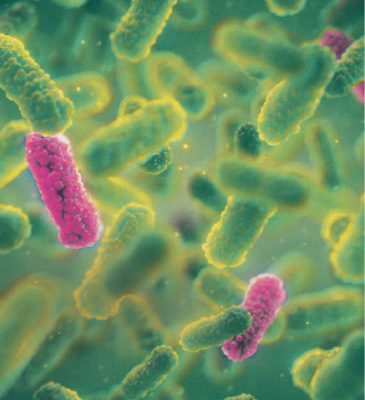A vexing gas detected on the red planet has been raising eyebrows.

John Moores, a York Research Chair in Space Exploration and professor at the Lassonde School of Engineering, is investigating the mysterious discovery of gas on what was thought to be a dead planet. It turns out there is a lot of unexplained activity happening on Mars.
Moores specializes in the atmospheric chemistry of planets within our solar system. A world-class researcher in the planetary sciences, Moores has participated in five international space missions to date and runs the Planetary Volatiles Laboratory with 10 students at the undergraduate, graduate and postdoc level.
"Methane on Mars holds a lot of interest to the planetary science community because it could potentially suggest life elsewhere in the Universe."
The community he refers to is a group of 1,500 top-ranking scientists from around the world who routinely collaborate on space missions.
Methane on Earth derives from livestock, decaying organic waste and the production of coal, natural gas and oil. How it is being produced on Mars, and why, is a big question.
In his lab, Moores and his team are creating a methane spectrometer that may one day fly to Mars and examine the phenomenon, detecting and measuring the presence of methane as often as every 15 minutes. The equipment is revolutionary because making this measurement is challenging – so much so that researchers working with NASA’s Mars rover, aptly named Curiosity, have only been able to measure gas near the surface a dozen times in the past 20 years.
Moores’ team is collaborating with ABB, a company specializing in optical remote sensing instruments for space applications. Using technology called integrated cavity output spectroscopy (ICOS), the team can send out very restricted wavelengths of light through gaseous samples, to measure how much light each wavelength is absorbing. ICOS uses extremely reflective mirrors within a gas cell to measure the absorption rate of gas as each photon bounces back and forth tens of thousands or even hundreds of thousands of times.

Previously, Curiosity used a similar technology called a tunable laser spectrometer. However, this technology only allows photons to bounce back and forth 81 times, which means it takes hours to make precise measurements of the tiny amount of methane (as low as 100 parts per trillion) in the Martian atmosphere. ABB’s technology, however, can make this measurement in a matter of minutes.
“We’ve been improving this technology a lot in the last 20 years,” says Moores.
Methane measurements remain relatively consistent on Earth, but on Mars they’re changing on a timescale of a year by a factor of three, hovering lower in winter and spring, and climbing to exorbitant heights in summer and fall.
"We thought Mars was a dead planet, but exciting things are happening even today."
Methane is being actively produced by something that can change rapidly. It could be ancient organic materials seeping through the surface and decomposing over time, or a microorganism community beneath the surface. Or it could be geological reactions between hot water and different types of rocks.
Studying other planets has given Moores a new perspective on life on Earth. Having grown up in St. John’s, Newfoundland, he is familiar with cold, harsh environments and how technology can play an important role in survival and quality of life.
“Out in space we have a lot of technology that we rely on here on Earth – satellites and GPS technology, to name a few.
“As Canadians, we have a deep connection to space exploration because we understand the role of technology in surviving uninhabitable environments, and this work has given me a lot of appreciation for that relationship.”
Read more

The Biophysics of age-related visual brain diseases
Innovative technique will bring to light new treatments and diagnostics for vision-related diseases

Research for a better future
Creating positive change in areas related to decolonization; the integration of AI in healthcare; mitigating racism in classrooms; sustainable arts; and inclusive health care

Full Circle: Alum partners with Cinespace studios and creates student opportunities
Partnership will let students experience behind-the-scenes of a billion-dollar film industry

